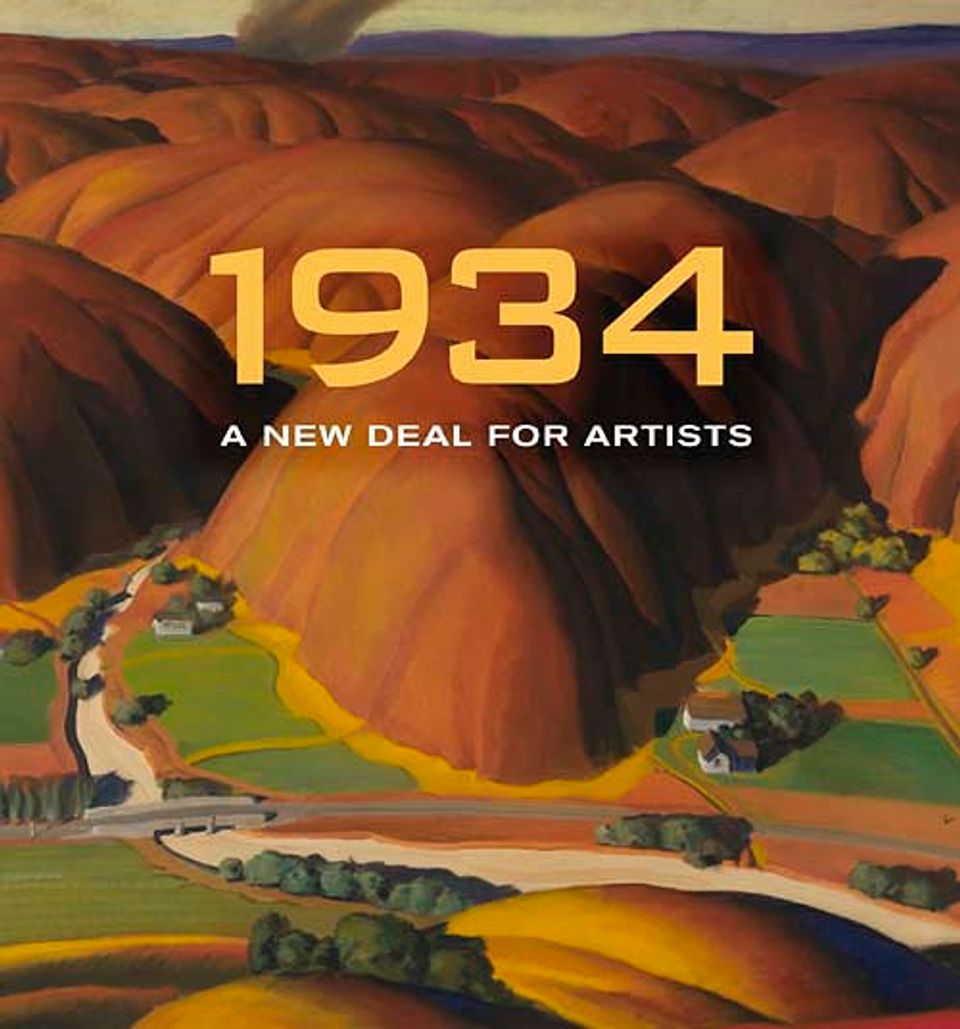Artwork Details
- Title
- Street Scene
- Artist
- Date
- 1933
- Location
- Not on view
- Dimensions
- 25 1⁄8 x 35 7⁄8 in. (63.7 x 91.1 cm.)
- Credit Line
- Transfer from the U.S. Department of Labor
- Mediums
- Mediums Description
- oil on canvas
- Classifications
- Keywords
- Figure group
- Cityscape — street
- Occupation — industry — construction
- Cityscape — Missouri — St. Louis
- New Deal — Public Works of Art Project — Missouri
- Architecture Exterior — domestic — house
- Architecture Exterior — commercial — skyscraper
- Architecture Exterior — detail — streetlight
- Object Number
- 1964.1.114
Artwork Description
A few months before Joe Jones made this painting, he had told the St. Louis Artists' Guild, "I am not interested in painting pretty pictures to match pink and blue walls, I want to paint things that will knock holes in walls." Yet the warm light on the dilapidated street and the industrial smoke that veils the new buildings in the background suggest that the artist did not embrace these changes uncritically. Jones lived in a houseboat on the Mississippi not far from the construction around Market Street; he knew the old neighborhood that was vanishing and would miss the people and businesses pushed aside in the name of progress.
1934: A New Deal for Artists exhibition label














